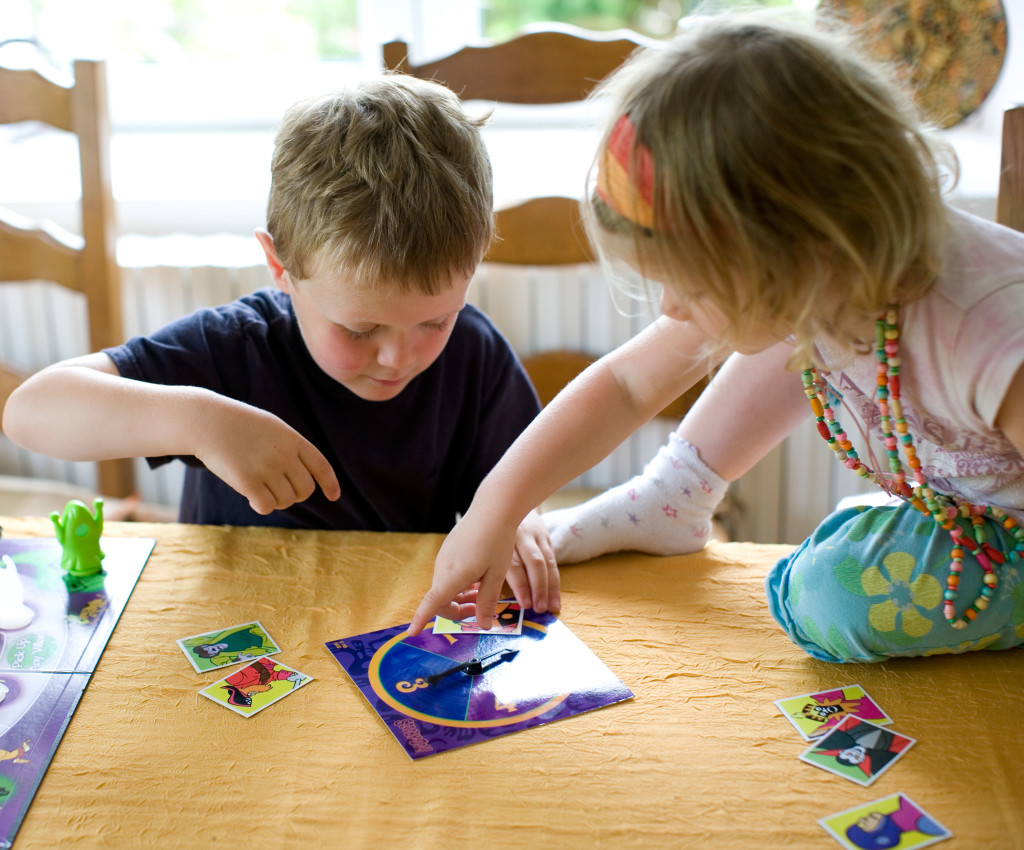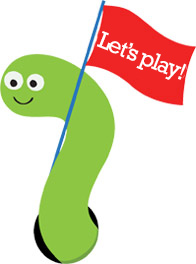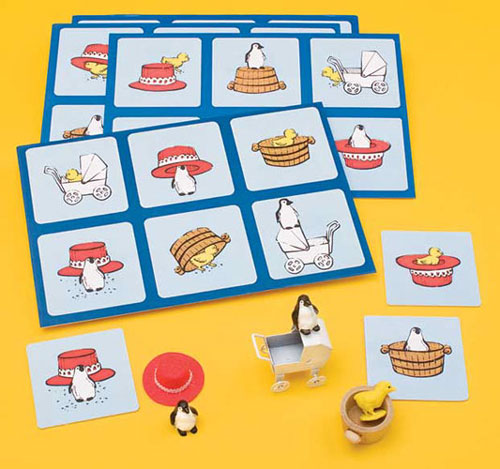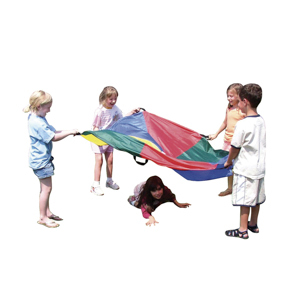Parents, caregivers, therapists and teachers alike work so hard to teach a variety of play skills but what happens when your child or student doesn’t make that leap from facilitated play to independent play? Independent play is such an important skill that will allow him or her to better connect with their peers, build friendships, expand problem-solving skills and structure downtime. A successful transition from demonstrating play skills with adult support to playing independently can be impacted by a myriad of variables.
Some of my students struggle with independent play because it is difficult to move from a thick schedule of reinforcement of 1:1 adult attention to a thinner one of just having an adult “check in” once in a while. Other learners have impairments impacting executive function, specifically the organization and sequencing of steps for meaningful and reinforcing play as well as on-task behavior, task completion and working memory. Additionally, in some cases the skill of independent play is elusive because teachers struggle to find ways to fade out prompts or to successfully thin out the schedule of reinforcement.
Below is the visual schedule with data sheets for measuring acquisition and progress that I have created. I have found it useful with learners with very different skill sets and abilities. Click here for a comprehensive Task Analysis on teaching independent play using a visual schedule.
Keep in mind that this is for learners that:
- Have successfully acquired a varied repertoire of play skills
- Do not require visual schedules that break down every step of the play
- Are able to complete activities with delayed reinforcement
In order to prepare this for use with the learner:
- Set up a toy organizational system that has toys bins
- Print the materials and laminate the schedule strip and the cut out shapes.
- Attach Velcro dots to the bins, schedule strip and shapes and to the work surface if you like
- Identify activities that are suitable for this schedule
Remember that any open-ended activities like building blocks or coloring can be turned into close-ended activities by limiting the number of pieces or by teaching the learner to use a timer.
As you would when teaching any schedule, use a most-to-least prompting strategy, only use verbal instruction for the initial direction or SD (e.g. “Go play.”), and prompt only from behind and out of view.
The schedule I have been using has a smiley face at the end of the schedule indicating a “free choice” time which all of my students understand. However, if you are using this with a learner that requires a visual reminder of what they are working for, you could easily adapt this by putting a picture of the reward in the place of the smiley face. Time to play!
*Don’t forget to download your free visual schedule and data sheets here!


 Activities should be reinforcing for both kids in order to increase the likelihood that siblings will independently engage in play without prompts by adults. Try to avoid situations where you are requiring the typically developing sibling to engage in an activity just because it is motivating for the learner with autism.
Activities should be reinforcing for both kids in order to increase the likelihood that siblings will independently engage in play without prompts by adults. Try to avoid situations where you are requiring the typically developing sibling to engage in an activity just because it is motivating for the learner with autism. We’re excited to bring you the second installment in our new series of
We’re excited to bring you the second installment in our new series of 





 There are many great mainstream games available out there but it can sometimes be challenging to know if a particular game’s intended uses are feasible for a learner on the spectrum. With a few simple tips and modifications, many of these games can be altered to provide an excellent learning opportunity through play and most of all, fun.
There are many great mainstream games available out there but it can sometimes be challenging to know if a particular game’s intended uses are feasible for a learner on the spectrum. With a few simple tips and modifications, many of these games can be altered to provide an excellent learning opportunity through play and most of all, fun.


 Age level: Preschool, Early Elementary
Age level: Preschool, Early Elementary
